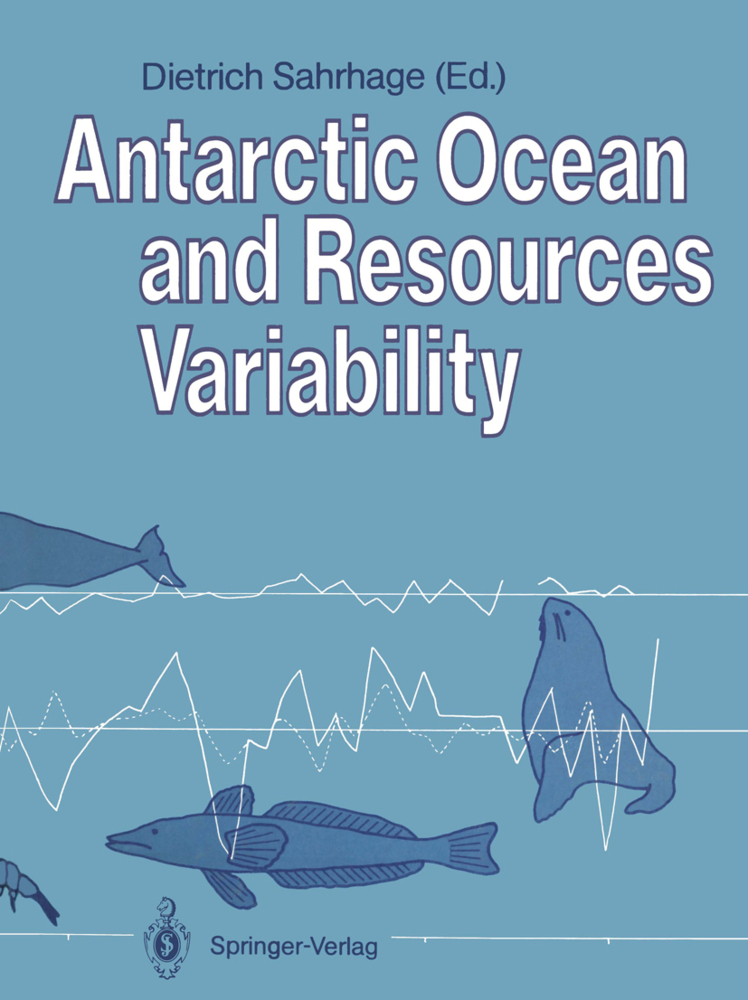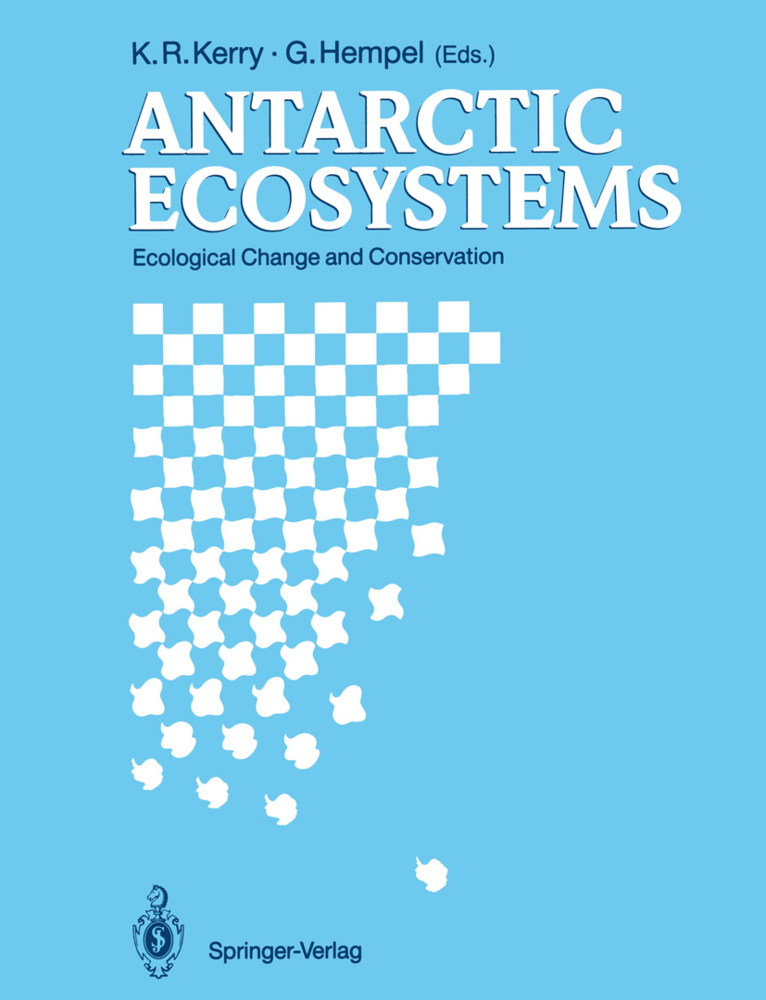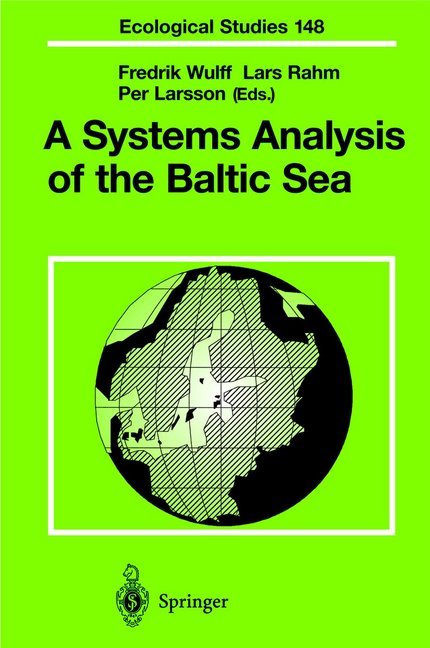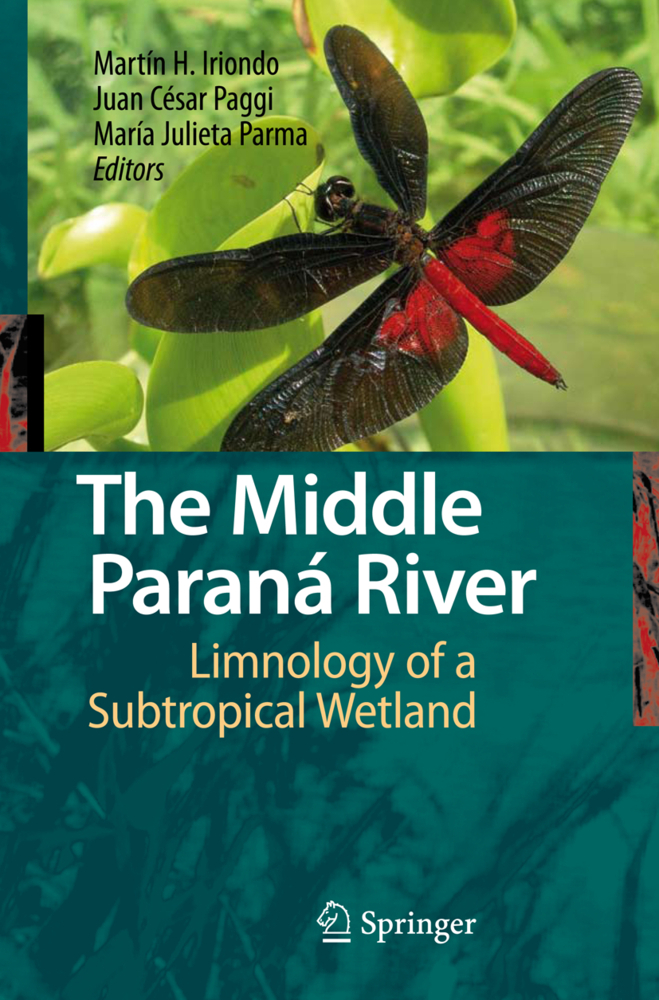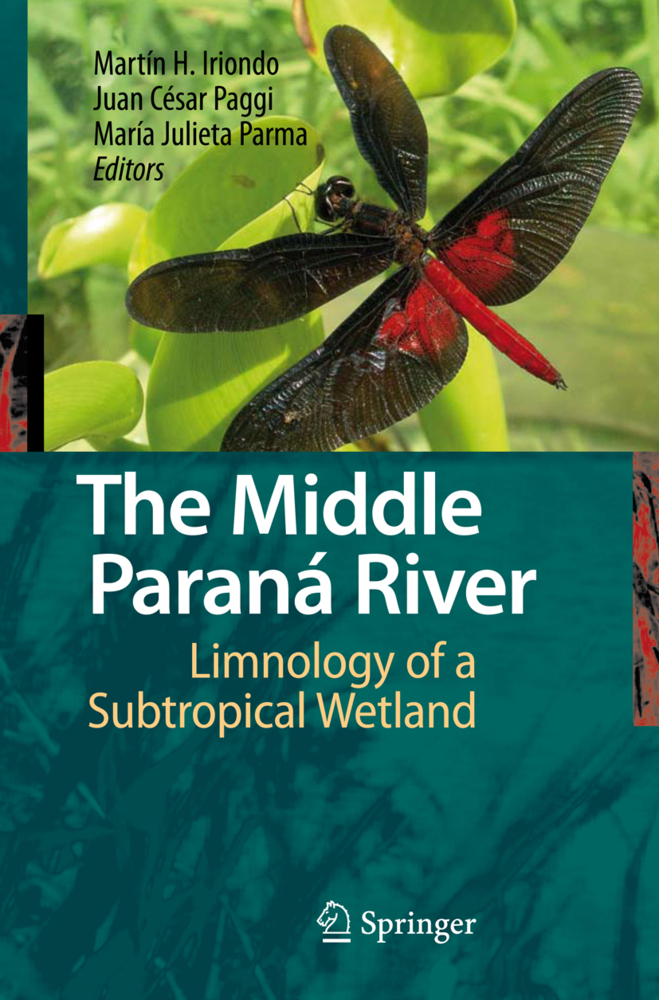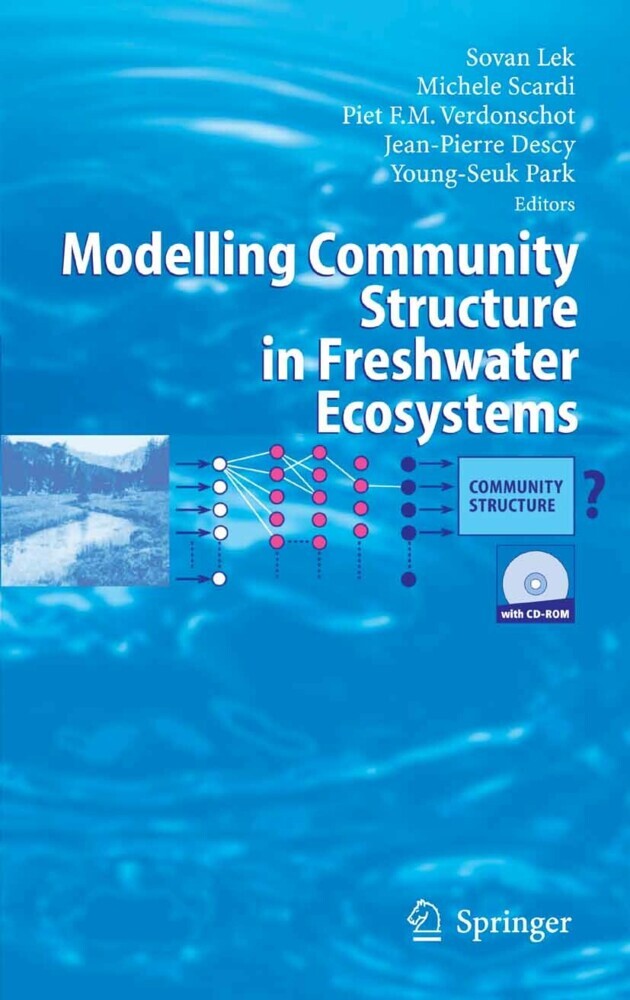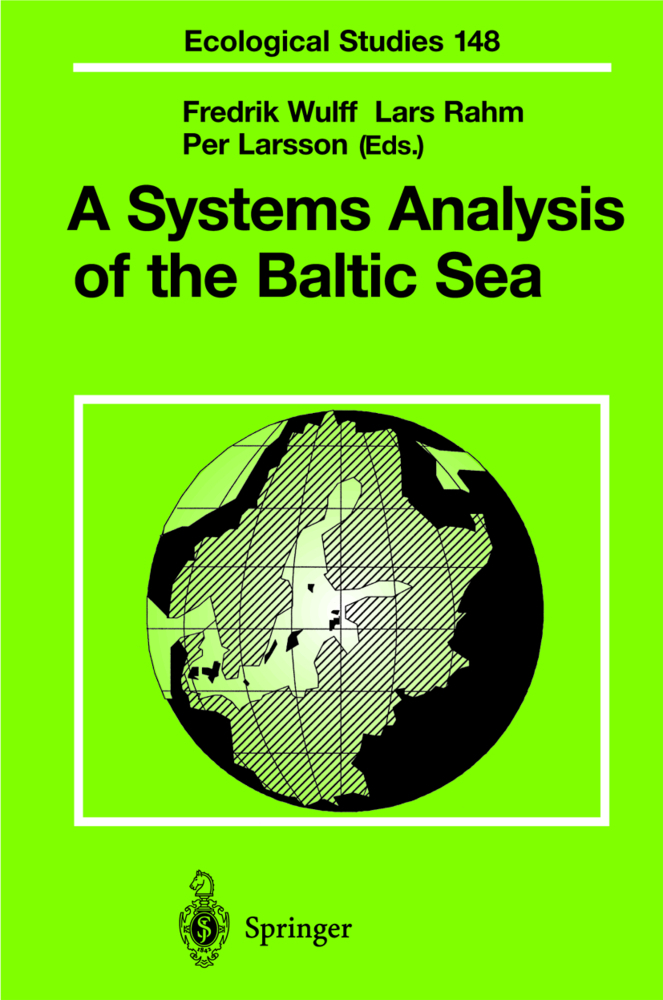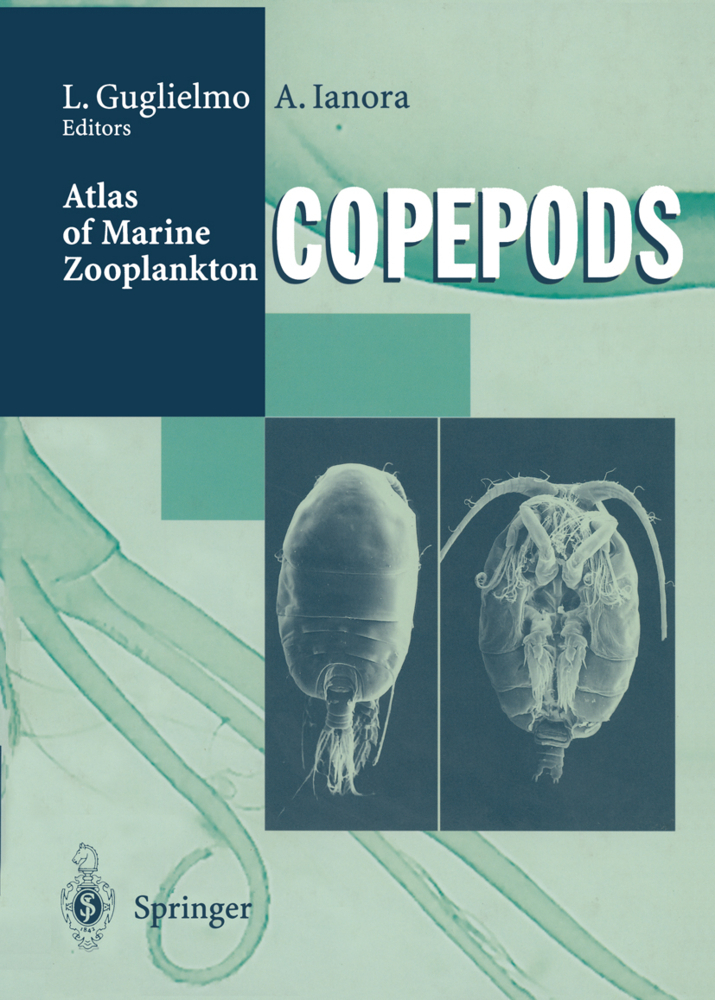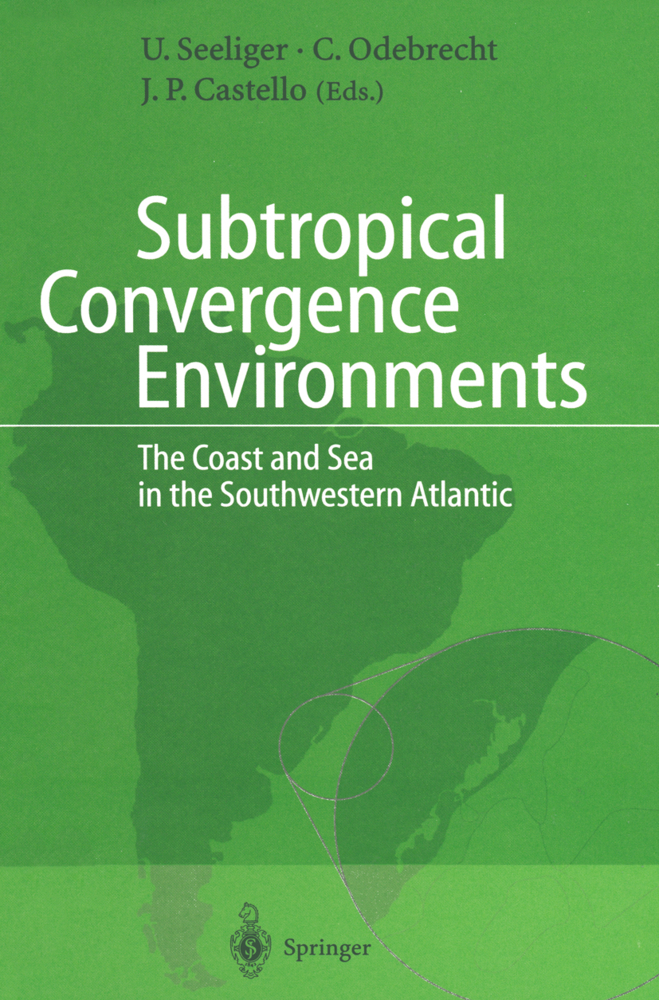Ross Sea Ecology
Italiantartide Expeditions (1987-1995)
Ross Sea Ecology
Italiantartide Expeditions (1987-1995)
The Antarctic represents the last of the world's still unexplored continents. Since 1985, Italy has sent 10 expeditions to this region, three of those have been exclusively devoted to research on the marine ecology of the Ross Sea region. This volume presents a global picture of this research. It includes contributions on water mass characteristics, particulate organic matter and nutrient utilization, and physiological aspects of primary production. Further topics are zooplankton, krill and top predator interactions in relation to physical and biological parameters, ecological features of coastal fish communities and the spatio-temporal variability of benthic biocenoses.
2 Climatic Characterization of the Terra Nova Bay Region
3 Oxygen Isotope Characterization of Terra Nova Bay Seawater
4 Biogeochemical Processes in the Ross Sea (Antarctica): Present Knowledge and Perspectives
5 Some Palaeoecological Remarks on the Ross Sea Shelf, Antarctica
Water Masses and Circulation Patterns
6 Water Masses and Suspended Matter Characteristics of the Western Ross Sea
7 Water Mass Characteristics During the ROSSMIZE Cruise (Western Sector of the Ross Sea, November-December 1994)
8 Large-Scale Circulation Features in the Central and Western Ross Sea (Antarctica)
Nutrients, Particulate Organic Matter, and Microbial Biomass
9 Spatial and Temporal Patterns of Nutrient Distributions in the Ross Sea
10 Particulate Organic Matter and Nutrient Utilization in the Mixed Layer of the Ross Sea
11 Spatial and Temporal Distribution of Particulate Organic Matter in the Ross Sea
12 Coupling of Surface Layer Biological Processes and Vertical Flux in the Ross Sea
13 Bacteria, Protozoa and Organic Matter Composition in the Sediments of Terra Nova Bay (Ross Sea)
14 Microbial Biomass and Respiratory Activity Related to the Ice-Melting Layers in the Ross Sea (Antarctica)
Phytoplankton and Primary Production
15 Ultraphytoplanktonic Community Structure in the Ross Sea During the Austral Spring 1994
16 Picoplankton Abundance and Biomass at Terra Nova Bay (Ross Sea, Antarctica) During the 1989-1990 Austral Summer
17 Phytoplankton Size-Fractionated Biomass in the Ross Sea: Spatial and Temporal Variations During the Austral Spring
18 PhytoplanktonBiomass Related to Environmental Factors in the Ross Sea
19 Spatial and Temporal Distribution of Phytoplankton Assemblages in the Ross Sea
20 Ecological and Physiological Aspects of Primary Production in the Ross Sea
21 Photosynthetic Parameters, Irradiance, Biooptical Properties, and Production Estimates in the Western Ross Sea
Zooplankton and Micronekton Distribution
22 Distribution of the Main Microzooplankton Taxa in the Ross Sea (Antarctica):Austral Summer 1994
23 Copepod Communities in the Pacific Sector of the Southern Ocean in Early Summer
24 Planktonic Copepods in Terra Nova Bay (Ross Sea):Distribution and Relationship with Environmental Factors
25 Crustacean Decapod Larvae in Terra Nova Bay and in the Ross Sea (Cruises 1987-88 and 1989-90)
26 Occurrence of Mysidacea (Crustacea) in the Pacific Sector of Antarctica and Distribution of Antarctomysis ohlini in Terra Nova Bay (Western Ross Sea)
27 Planktonic Ostracoda in the Ross Sea: Their Distribution and Associated Environmental Factors
28 Spatial Distribution and Feeding Habits of Larval and Juvenile Pleuragramma Antarcticum in the Western Ross Sea (Antarctica)
29 A Modelling Approach of the Ross Sea Plankton Ecosystem
Krill, Nekton and Top Predators
30 Characteristic Properties and Dynamic Aspects of Krill Swarms from the Ross Sea
31 Spatial and Temporal Distribution of Krill Euphausia superba Biomass in the Ross Sea (1989-1990 and 1994)
32 The Coastal Fish Fauna of Terra Nova Bay, Ross Sea, Antarctica
33 ROSSMIZE Expedition: Distribution and Biomass of Birds and Mammals in the Western Ross Sea
Benthic Communities
34 Morphogroup Analysis of Agglutinated Foraminifers off Terra Nova Bay (Antarctica) (Expedition 1987-1988)
35 The Macrophytobenthos of Terra NovaBay
36 Spatial and Vertical Distribution of Benthic Littoral Communities in Terra Nova Bay
37 Shallow-Water Bryozoans and Serpuloideans from the Ross Sea (Terra Nova Bay, Antarctica)
38 Spatio-Temporal Variability in the Structure of Benthic Populations in a Physically Controlled System off Terra Nova Bay: The Shallow Hard Bottoms
39 The Role of Sponges in the Terra Nova Bay Ecosystem
40 Benthic Polychaetes off Terra Nova Bay and Ross Sea: Species Composition, Biogeography, and Ecological Role
41 The Population Structure and Ecology of the Antarctic Scallop Adamussium colbecki in Terra Nova Bay
Ecotoxicity Studies
42 Bioconcentration of Polychlorinated Biphenyls in the Pelagic Food Chain of the Ross Sea
43 Concentration Changes in Cadmium and Lead in Antarctic Coastal Seawater (Ross Sea) During the Austral Summer and Their Relationship with the Evolution of Biological Activity.
1 The Italian Oceanographic Cruises in the Ross Sea (1987-95): Strategy, General Considerations and Description of the Sampling Sites
General Characteristics and Biogeochemical Processes2 Climatic Characterization of the Terra Nova Bay Region
3 Oxygen Isotope Characterization of Terra Nova Bay Seawater
4 Biogeochemical Processes in the Ross Sea (Antarctica): Present Knowledge and Perspectives
5 Some Palaeoecological Remarks on the Ross Sea Shelf, Antarctica
Water Masses and Circulation Patterns
6 Water Masses and Suspended Matter Characteristics of the Western Ross Sea
7 Water Mass Characteristics During the ROSSMIZE Cruise (Western Sector of the Ross Sea, November-December 1994)
8 Large-Scale Circulation Features in the Central and Western Ross Sea (Antarctica)
Nutrients, Particulate Organic Matter, and Microbial Biomass
9 Spatial and Temporal Patterns of Nutrient Distributions in the Ross Sea
10 Particulate Organic Matter and Nutrient Utilization in the Mixed Layer of the Ross Sea
11 Spatial and Temporal Distribution of Particulate Organic Matter in the Ross Sea
12 Coupling of Surface Layer Biological Processes and Vertical Flux in the Ross Sea
13 Bacteria, Protozoa and Organic Matter Composition in the Sediments of Terra Nova Bay (Ross Sea)
14 Microbial Biomass and Respiratory Activity Related to the Ice-Melting Layers in the Ross Sea (Antarctica)
Phytoplankton and Primary Production
15 Ultraphytoplanktonic Community Structure in the Ross Sea During the Austral Spring 1994
16 Picoplankton Abundance and Biomass at Terra Nova Bay (Ross Sea, Antarctica) During the 1989-1990 Austral Summer
17 Phytoplankton Size-Fractionated Biomass in the Ross Sea: Spatial and Temporal Variations During the Austral Spring
18 PhytoplanktonBiomass Related to Environmental Factors in the Ross Sea
19 Spatial and Temporal Distribution of Phytoplankton Assemblages in the Ross Sea
20 Ecological and Physiological Aspects of Primary Production in the Ross Sea
21 Photosynthetic Parameters, Irradiance, Biooptical Properties, and Production Estimates in the Western Ross Sea
Zooplankton and Micronekton Distribution
22 Distribution of the Main Microzooplankton Taxa in the Ross Sea (Antarctica):Austral Summer 1994
23 Copepod Communities in the Pacific Sector of the Southern Ocean in Early Summer
24 Planktonic Copepods in Terra Nova Bay (Ross Sea):Distribution and Relationship with Environmental Factors
25 Crustacean Decapod Larvae in Terra Nova Bay and in the Ross Sea (Cruises 1987-88 and 1989-90)
26 Occurrence of Mysidacea (Crustacea) in the Pacific Sector of Antarctica and Distribution of Antarctomysis ohlini in Terra Nova Bay (Western Ross Sea)
27 Planktonic Ostracoda in the Ross Sea: Their Distribution and Associated Environmental Factors
28 Spatial Distribution and Feeding Habits of Larval and Juvenile Pleuragramma Antarcticum in the Western Ross Sea (Antarctica)
29 A Modelling Approach of the Ross Sea Plankton Ecosystem
Krill, Nekton and Top Predators
30 Characteristic Properties and Dynamic Aspects of Krill Swarms from the Ross Sea
31 Spatial and Temporal Distribution of Krill Euphausia superba Biomass in the Ross Sea (1989-1990 and 1994)
32 The Coastal Fish Fauna of Terra Nova Bay, Ross Sea, Antarctica
33 ROSSMIZE Expedition: Distribution and Biomass of Birds and Mammals in the Western Ross Sea
Benthic Communities
34 Morphogroup Analysis of Agglutinated Foraminifers off Terra Nova Bay (Antarctica) (Expedition 1987-1988)
35 The Macrophytobenthos of Terra NovaBay
36 Spatial and Vertical Distribution of Benthic Littoral Communities in Terra Nova Bay
37 Shallow-Water Bryozoans and Serpuloideans from the Ross Sea (Terra Nova Bay, Antarctica)
38 Spatio-Temporal Variability in the Structure of Benthic Populations in a Physically Controlled System off Terra Nova Bay: The Shallow Hard Bottoms
39 The Role of Sponges in the Terra Nova Bay Ecosystem
40 Benthic Polychaetes off Terra Nova Bay and Ross Sea: Species Composition, Biogeography, and Ecological Role
41 The Population Structure and Ecology of the Antarctic Scallop Adamussium colbecki in Terra Nova Bay
Ecotoxicity Studies
42 Bioconcentration of Polychlorinated Biphenyls in the Pelagic Food Chain of the Ross Sea
43 Concentration Changes in Cadmium and Lead in Antarctic Coastal Seawater (Ross Sea) During the Austral Summer and Their Relationship with the Evolution of Biological Activity.
Faranda, F.M.
Guglielmo, L.
Ianora, Adrianna
| ISBN | 978-3-642-64048-3 |
|---|---|
| Artikelnummer | 9783642640483 |
| Medientyp | Buch |
| Auflage | Softcover reprint of the original 1st ed. 2000 |
| Copyrightjahr | 2012 |
| Verlag | Springer, Berlin |
| Umfang | XX, 604 Seiten |
| Abbildungen | XX, 604 p. |
| Sprache | Englisch |

